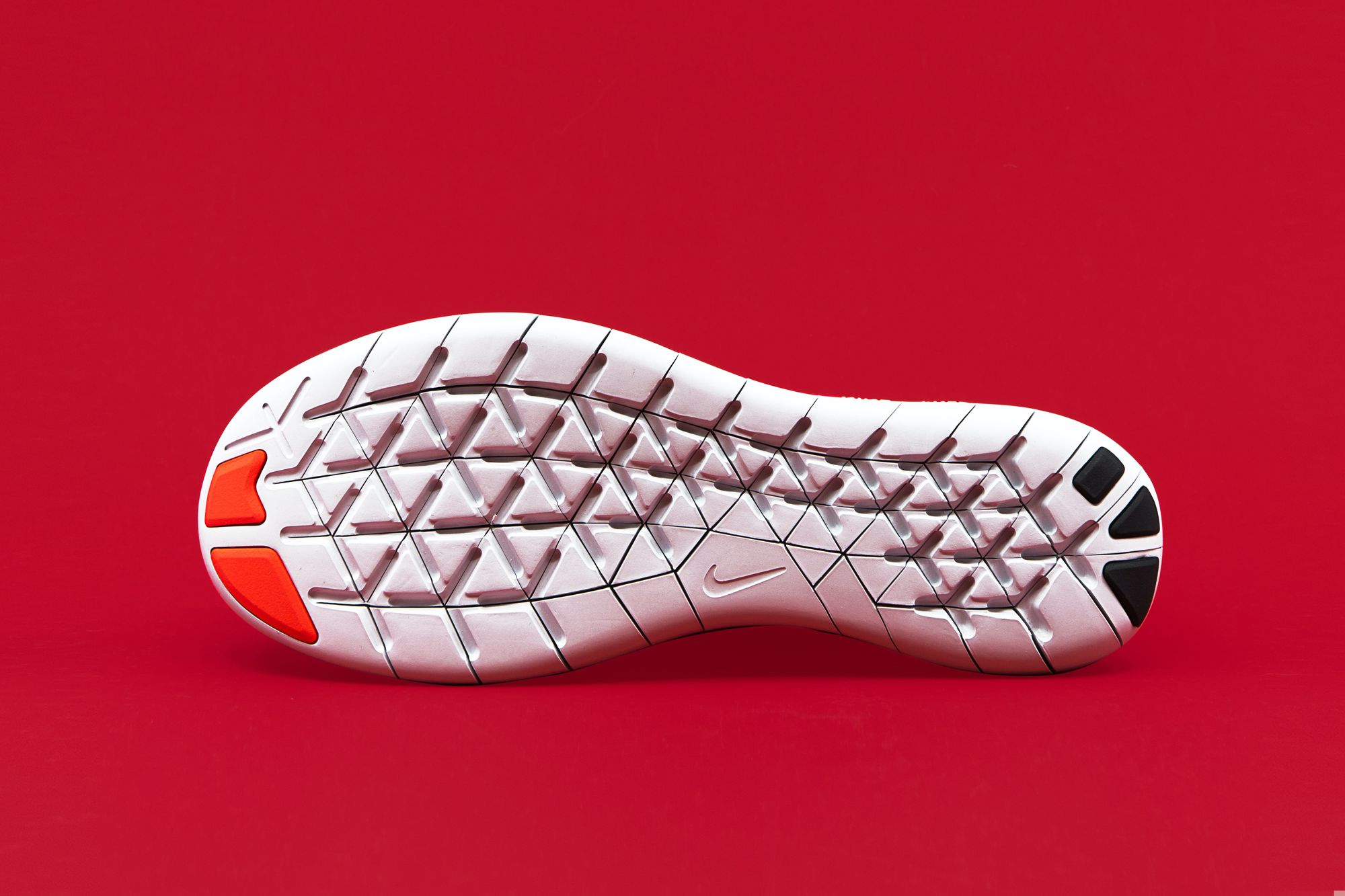According to the Brigham and Women’s Hospital, around 50.2 million (20.5%) of US adults experience chronic pain.
Back, hip, knee, and foot pain were the most common sources of pain reported, and the total value of lost productivity due to chronic pain is estimated to be nearly $300 billion annually as employees with chronic pain miss more workdays.
While physical therapy and massage therapy are effective treatments for these problems, it would be better still to eliminate chronic pain at the source. Often, chronic foot pain is actually caused by improper footwear.
Poorly-fitting shoes and shoes with higher heels can lead to chronic conditions, which may reach other areas of the body such as the legs and back. If you’re an athlete hoping to prevent injury or chronic pain, here are four tips for buying foot-friendly shoes:
Make sure your shoes fit well
Your shoe size can be quite deceptive. Your feet swell at certain times of the day, and sizes can vary from brand to brand.
Even within one brand, the actual fit of the shoe may change depending on your foot’s form, the shape of the upper, and the way the sneakers are stitched.
To avoid blisters and black toenails, measure your feet when you shop and try the shoes on for fit. Pay attention to the toes, ankles, heels, and forefoot, then consider the shoe’s upper, outsole, and cushion to see if they can adequately support you as you move.
One rule of thumb is that it’s roomy enough to play the piano with your toes, but not too sloppy or loose. And if you’re buying shoes online, ConvertWorld can help you figure out what your shoe size is, based on different regions and unique shoe-size systems.
Pick a pair based on your activity
Fit, feel, and function should be your priority over fashion. Function tends to be overlooked, but athletes should buy shoes based on the kind of performance they’re doing.
Your running shoe isn’t the same as your hiking shoe, and your streetwear kicks aren’t ideal for training. Athletic shoes vary in design, material, and weight because they’re developed to protect the areas of feet that are most stressed during a particular activity.
As we discussed in our article called ‘Body Toning At-Home Exercises’, you need to materialize your vision. If you’re planning to commit to your exercise regime, preparing the right gear will help you do what you need to do effectively.
Shop around online
While it’s best to try shoes on before buying them, it’s not always convenient or doable. Online stores are now growing more advanced in how they present athletic footwear, so more people are confident to get their shoes online.
Moreover, looking at shoe models and comparing prices online is definitely a smart move, thanks to the virtually unlimited range of options.
For serious sneakerheads, online platform SoleSavy is especially useful if you’re looking for a specific model. If the shoes you want are in high demand, SoleSavy monitors over 100 retailers and their inventory, so you get a direct link to purchase the moment it becomes available.
*Do check customer reviews about the shoe quality and longevity before checking your purchase out.
Use inserts to prevent foot problems
Inserts are pads or cups that create simple adjustments in your shoe to relieve any chronic pain symptoms. A heel cup can alleviate issues beneath the feet, while a metatarsal pad can relieve pain beneath your big toe.
You can also customize arch support inserts for long-term problems, as these specially-designed orthotics help correct your feet.
It’s best to get your gait analyzed by a foot and ankle specialist so you can be fitted for the right shoes and inserts. The American College of Foot and Ankle Surgeons is a great resource if you’re looking for a podiatrist in your area.
Podiatrists are trained to treat a range of foot and ankle conditions, and they can assist you in making and modifying shoe inserts as needed.
Invest some money in a good pair
In recent years, there has been some debate on whether or not athletic shoes should be expensive. New shoes are often priced high by brands because they’ve spent a lot of money on developing high-end, innovative designs.
However, studies also suggest that people who buy pricier kicks end up less satisfied compared to those who buy more affordable pairs. It’s likely that customer expectations weren’t met, and the hefty price tag — which can go up to $200 — wasn’t worth it.
And even if the shoes are perfect now, they will eventually become obsolete with wear-and-tear.
On the other hand, cheap shoes are not always designed to withstand the rigors of intense exercise. You may score a bargain deal, but you might find the treads of your shoes wearing down faster and the uppers disintegrating quickly.
To hit the sweet spot, choose a pair that is resilient for your needs and suited to your comfort. Keep an eye out for good materials, construction, and features. Your athletic shoes don’t need to have an eye-watering price tag, but they shouldn’t be dirt cheap in quality either.
Finally, I hope you have a much better idea of what to look for when buying foot-friendly athletic shoes! Stay active my friend!


